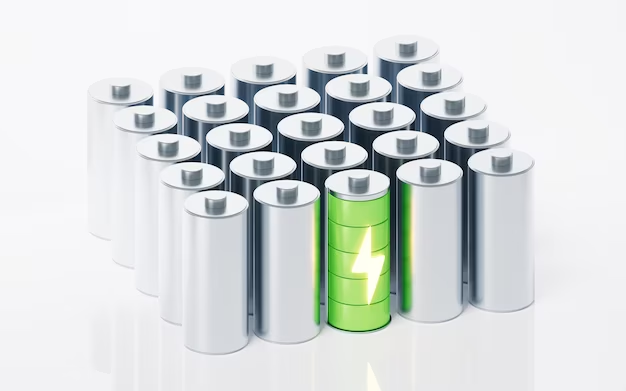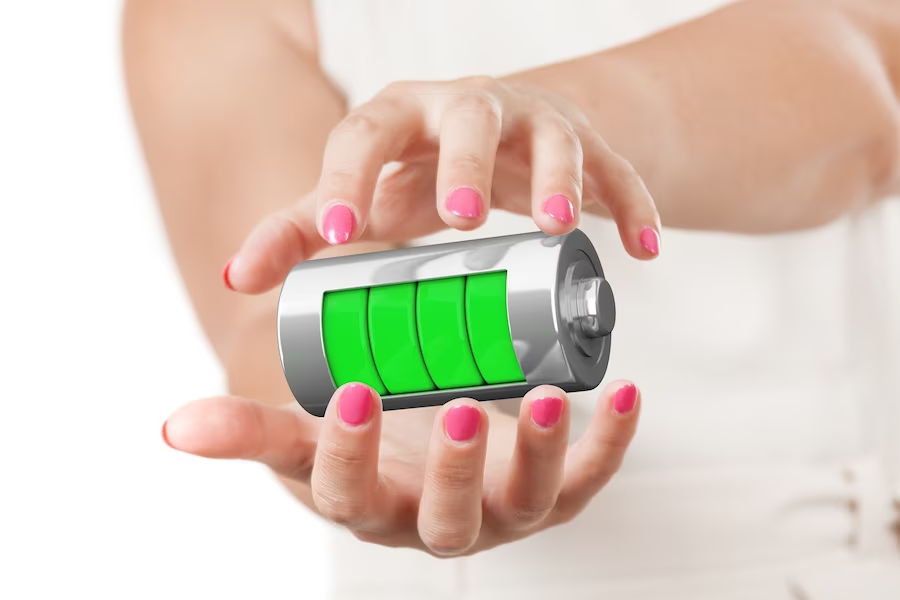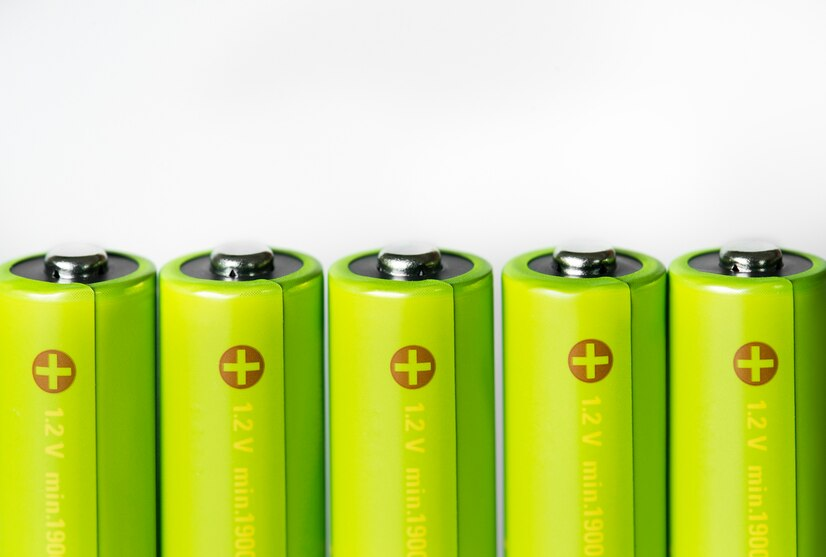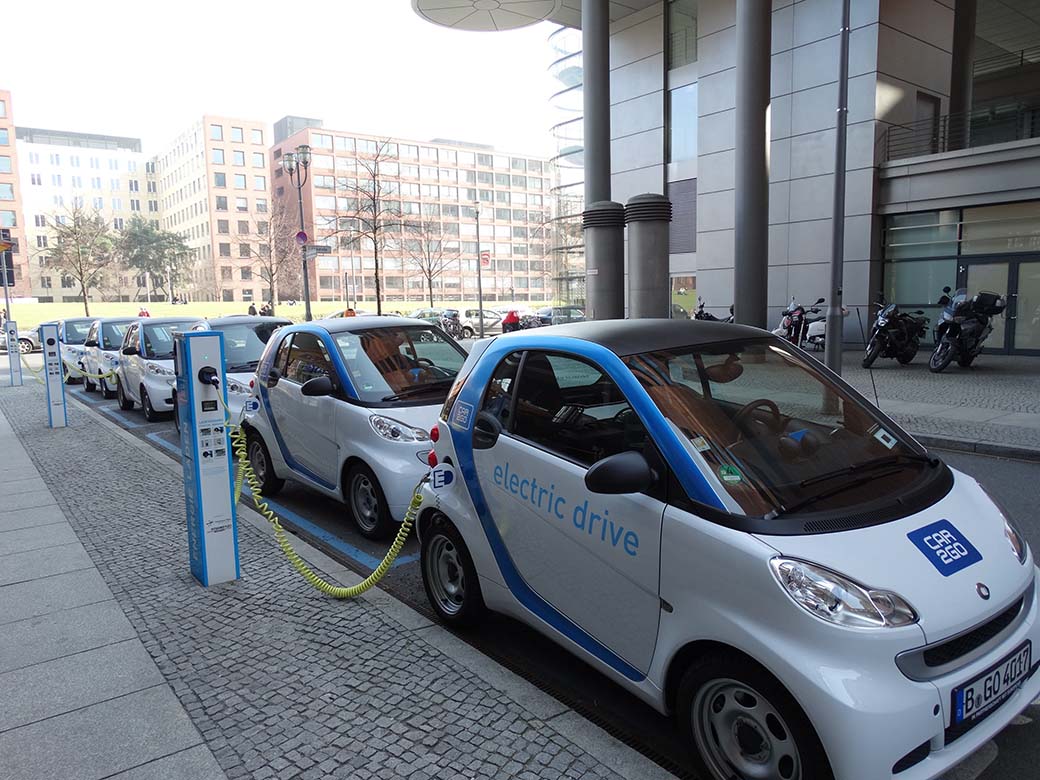Batteries sit quietly in the background, powering the conveniences and necessities of our everyday lives. They breathe life into our smartphones, laptops, cameras, power tools, and even our cars. With the continuous development of technology, rechargeable batteries have become a centerpiece of modern-day gadgets. Still, one question persists: “How long do rechargeable batteries last?”
Unpacking the World of Rechargeable Batteries
Before diving into the longevity of rechargeable batteries, it is essential to have a basic understanding of the various types of rechargeable batteries widely in use today:
| Battery Type | Introduction Year | Benefits | Drawbacks |
|---|---|---|---|
| Nickel-Cadmium (NiCd) | 1899 | High endurance, can deliver a high current, durable, withstands harsh conditions | Suffers from a “memory effect” |
| Nickel-Metal Hydride (NiMH) | N/A | Improved energy capacity by 30-40% over NiCd, no cadmium (toxic heavy metal) | Has less of a memory effect than NiCd but higher self-discharge rate |
| Lithium-Ion (Li-ion) | 1991 | High energy density, no memory effect, low self-discharge rate | Aging (even when not in use), sensitive to high temperatures, potential violent reaction if damaged or improperly charged |
| Lead-Acid | Mid-19th Century | Robust, can deliver high surge currents | Heavy, lower energy-to-weight ratio |
| Lithium-Ion Polymer (Li-Po) | N/A | Lightweight, flexible, can be tailored into various shapes and sizes | Expensive, shorter lifespan, holds less energy compared to traditional Li-ion batteries |
Quantifying Battery Lifespan

Battery lifespan can be measured in two distinct ways: the number of charge cycles it can handle before performance is significantly degraded, and its total longevity.
- Charge Cycles: One charge cycle refers to the process of charging a battery from 0% to 100%, then discharging it back to 0%. However, this doesn’t have to occur all in one go. You could discharge a battery to 50%, recharge it to 100%, discharge it back to 50%, and then recharge it once again. This sequence would still constitute one full charge cycle. Over time, every battery will experience a decrease in its ability to hold a charge, indicating that it needs to be replaced. Lithium-ion batteries typically last for about 300 to 500 full charge cycles, NiMH batteries between 300 to 1,000 cycles, and NiCd batteries can manage anywhere from 1,000 to 1,500 cycles;
- Calendar Life: The calendar life of a battery is its absolute lifespan, starting from its manufacture date to the time it becomes unusable. This can be anywhere from 2 to 10 years, depending on the battery type and usage. For example, even if not used much, a Li-ion battery typically lasts 2 to 3 years from the date of manufacture. In contrast, a NiMH or NiCd battery can last up to 5 years if properly maintained, and lead-acid batteries can last up to 10 years.
Lifespan in Practice: Everyday Battery Usage
The numbers stated above might seem confusing when compared with our day-to-day experiences. For example, consider the smartphone you use daily. You may have noticed that your phone’s battery life begins to degrade after about a year of use, even though Li-ion batteries are rated for 300 to 500 full charge cycles.
The discrepancy is due to the fact that we rarely ever put our batteries through full 0%-100% cycles. Each day, we put our batteries through smaller cycles. You might charge your phone overnight, use it during the day, and plug it in when the battery level drops to 20 or 30%. In this case, the 70-80% portion used constitutes a part of a full charge cycle, not a whole one. Therefore, your battery lasts for a more extended period than a single “cycle” would suggest.
In-Depth Look at Factors Impacting Battery Longevity
There are numerous factors at play affecting the lifespan of rechargeable batteries:
| Factor | Impact on Battery Lifespan | Examples |
|---|---|---|
| Temperature | High temperatures decrease battery performance and lifespan | Excessive heat can cause electrolyte evaporation, harming batteries |
| Cold temperatures reduce capacity and charging/discharging rates | Li-ion batteries lose 20% lifespan for every 10°C above room temp | |
| Charging Habits | Improper charging shortens battery lifespan | Regularly draining to 0% and charging to 100% causes stress |
| Overcharging | Leads to overheating, leakage, or explosion in extreme cases | Modern devices have safety features, but older models may not |
| Undercharging | Consistently charging to 50% or less decreases overall capacity | NiCd batteries may experience the memory effect |
| Storage | Long-term storage leads to self-discharge and reduced capacity | NiMH batteries are particularly affected |
| Depth of Discharge | Higher DoD results in a shorter battery lifespan | Frequent discharging to a low percentage reduces overall lifespan |
| Device Factors | Heavy load on battery reduces its lifespan | Power-efficient devices typically have a longer battery life |
Decoding Battery Care: Tips to Extend Lifespan

Even with the technical complexities inherent to batteries, some general strategies can help extend the lifespan of almost all types of rechargeable batteries:
- Partial Charging: Instead of charging your battery to 100%, aim for 80-90%. This reduces the stress on the battery and slows down the degradation process. Similarly, avoid allowing the battery to discharge completely. Aim to plug in your device when it reaches 20-30%;
- Temperature Control: Keep your devices and batteries away from high temperature areas. If you’re charging a device, ensure it’s in a well-ventilated place to avoid overheating. If you live in a hot climate, consider charging your devices in an air-conditioned room;
- Use High-Quality Chargers: Not all chargers are created equal. Low-quality chargers may not have the necessary protections to prevent overcharging or may not provide a steady charge, both of which can harm your battery. Whenever possible, use the charger provided by the manufacturer or a high-quality third-party charger;
- Regular Use and Exercise: Batteries benefit from regular use. For devices that you don’t use daily, aim to go through a charge cycle at least once a month to keep the battery in good condition. This is particularly important for NiCd batteries to avoid the memory effect;
- Proper Storage: If you need to store a battery for an extended period, store it in a cool, dry place. For Li-ion batteries, the recommended charge for long-term storage is around 40%. For NiMH and NiCd batteries, they should be fully discharged and then recharged every 3-6 months.
Conclusion
Understanding how long rechargeable batteries last and the various factors impacting their lifespan can help consumers make more informed decisions about their use and maintenance. It enables us to extend the lifespan of our batteries, reduce electronic waste, and save money in the long run. As battery technology continues to improve and evolve, we can expect the performance and longevity of rechargeable batteries to further enhance, providing us with the energy we need to power our lives.
FAQ
Yes, overcharging can cause significant damage to batteries. It can lead to overheating, leakage, or in extreme cases, an explosion. However, most modern devices and chargers have safeguards to prevent overcharging.
Modern smartphones are smart enough to stop charging when the battery is full, so there’s no risk of overcharging. However, leaving your phone plugged in after it’s fully charged can cause small amounts of continuous trickle charging, causing the battery to remain in a high-stress state, which can lead to gradual degradation of the battery health over time.
As batteries age, they degrade due to various factors such as temperature, charging habits, and natural wear and tear. This degradation reduces their capacity, meaning they can’t hold as much power as they did when they were new. Therefore, older batteries drain faster because they can’t store as much energy.
Old rechargeable batteries should not be thrown away with the regular trash, as they can contain hazardous materials. Instead, they should be recycled. Many electronics retailers have battery recycling programs, or you can look for a battery recycling facility in your area.








